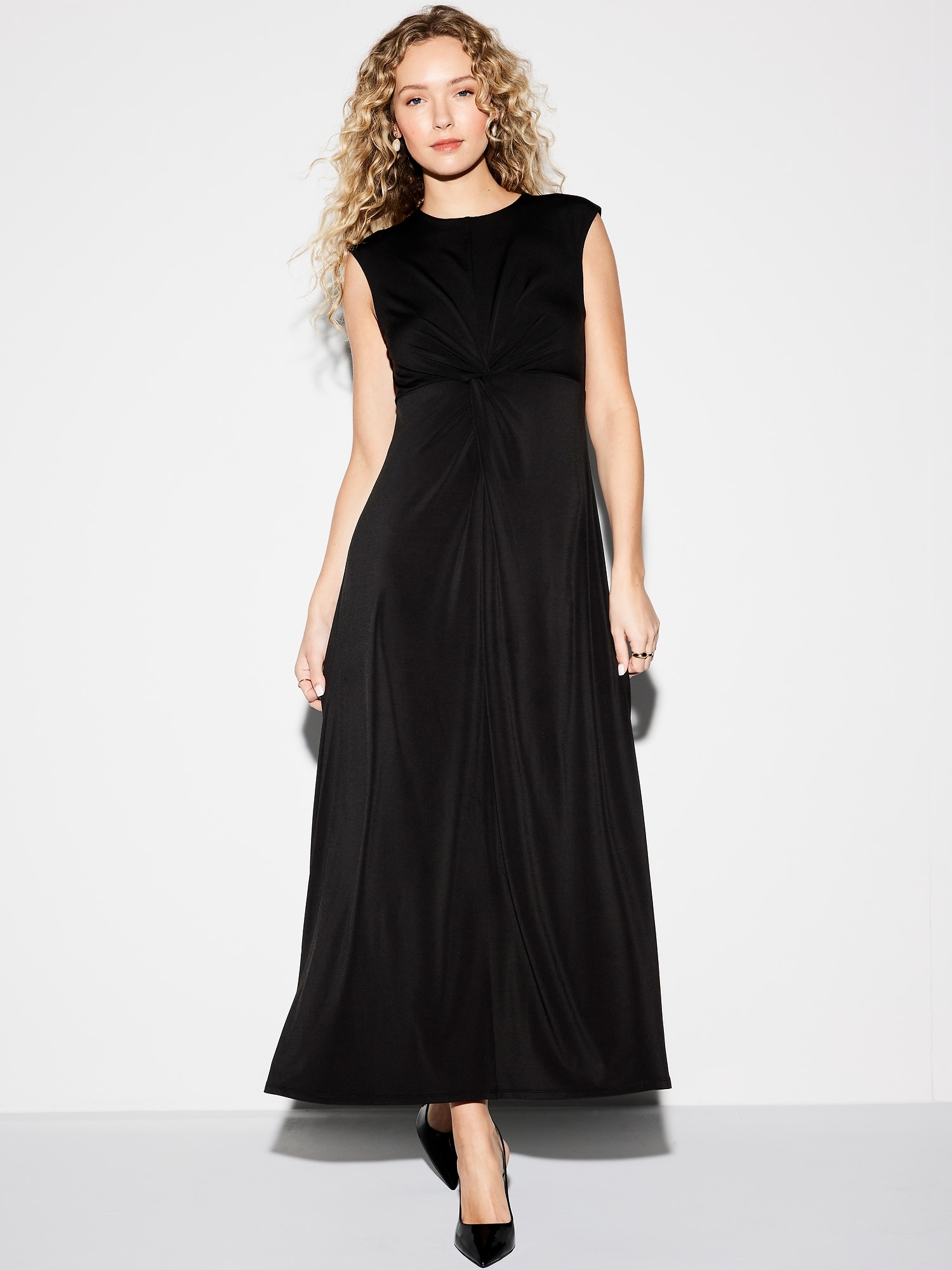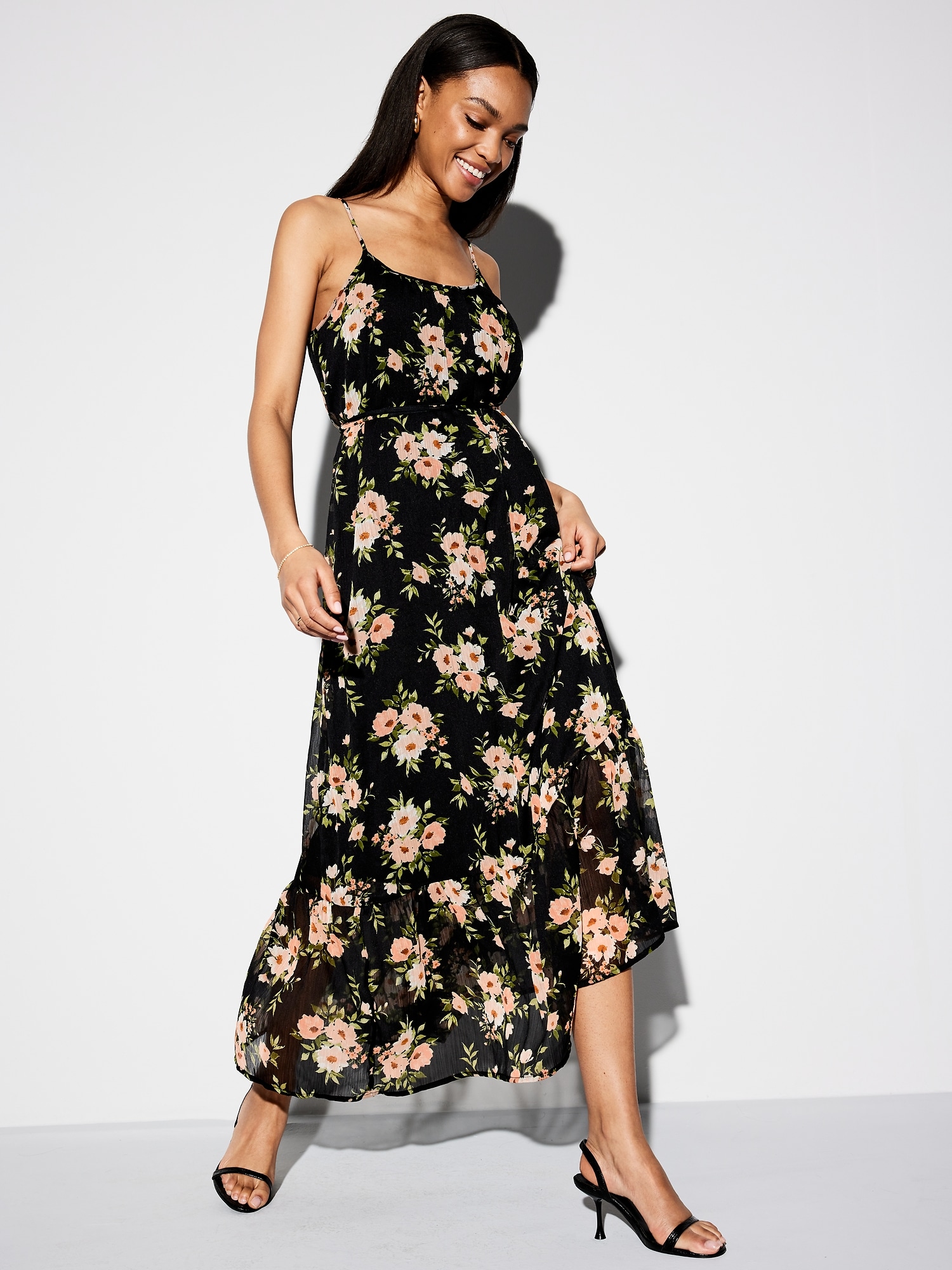How to Style Your Old Navy Dress for Effortless Everyday Chic
An Old Navy dress is more than just a garment; it’s a versatile canvas waiting for your personal touch. The concept of ‘effortless chic,’ a term often associated with French fashion philosophy, isn’t about a lack of effort but about strategic choices that create a polished, seemingly spontaneous look. This approach aligns with the democratic fashion ethos of brands like Old Navy, which prioritize accessibility and wearability. We’re moving beyond simply owning a dress to mastering its potential, transforming a single piece into the cornerstone of a dynamic, modern wardrobe that feels both current and authentically you.
The Foundation: Understanding Your Old Navy Dress’s Silhouette
Before accessorizing, the first step is a deep appreciation of the dress’s inherent structure. The silhouette is the foundation upon which all styling is built. An Old Navy dress often comes in universally flattering cuts like the A-line, shift, or fit-and-flare. The A-line dress, for instance, characterized by its fitted bodice that flares out from the waistline, is a classic design praised by fashion historians for its ability to suit a wide range of body types. This isn’t mere opinion; the principle is rooted in the golden ratio, a mathematical proportion often found in nature and art that is perceived as aesthetically pleasing. By choosing a silhouette that complements your natural proportions, you are applying an objective principle of design. A shift dress, another staple, offers a minimalist, rectangular shape that provides a clean, modern backdrop. Understanding this allows you to work with the dress’s lines rather than against them. For example, belting a shift dress can create definition, while allowing an A-line dress to flow freely celebrates its intended shape. This scientific approach to form ensures that your styling choices are not random but are informed by principles of visual harmony, making the journey to ‘effortless chic’ a deliberate and intelligent process.

The Power of Layering: Beyond a Single Season
A common misconception is that a dress is solely a warm-weather item. The true magic of an Old Navy dress is revealed through strategic layering, a technique that extends its utility throughout the year. This practice is not just a fashion trend but a practical application of thermodynamics and texture play. In cooler months, consider the dress as the central layer. A thin, high-neck sweater or a crisp button-down shirt worn underneath a sleeveless or short-sleeved dress adds both warmth and visual interest. This creates a collar-and-cuff effect, adding sophistication. On top, a structured denim jacket or a long-line blazer instantly transforms the outfit from casual to smart-casual. As fashion designer Michael Kors once noted, “Jet lag is my drug of choice, and my biggest tip is layers, layers, layers.” While he was referring to travel, the principle applies universally. The juxtaposition of different fabrics—the soft cotton of the dress against the rugged denim of a jacket or the sleek wool of a coat—creates a tactile experience that is inherently chic. This method is cost-effective and space-saving, allowing you to build a multitude of outfits from a single, affordable Old Navy dress, maximizing your wardrobe’s potential without a significant financial investment.

Footwear as an Anchor: Defining the Vibe
The shoes you choose with your dress are not an afterthought; they are the anchor that defines the entire outfit’s gravitational pull. This is a concept supported by psychological studies on fashion, which suggest that people often make initial assessments based on footwear. The versatility of an Old Navy dress shines here. For a truly effortless, everyday look, white sneakers are a powerhouse. They inject a dose of contemporary, off-duty model coolness, balancing the femininity of the dress with a sporty edge. This combination is a staple seen on style icons from Jennifer Aniston to street-style stars, embodying a relaxed Californian ease. Conversely, swapping sneakers for ankle boots—whether sleek Chelsea boots or rugged combat styles—immediately grounds the outfit with an edgier, autumnal feel. The height of the boot shaft can alter the perceived proportion of your leg, a clever use of visual perception. For occasions demanding more polish, a simple block-heel sandal or a classic loafer elevates the dress without sacrificing comfort. The key is intentionality. Each type of shoe communicates a different message: sneakers say “casual confidence,” boots say “urban explorer,” and loafers say “refined simplicity.” By consciously selecting your footwear, you take direct control over the narrative of your outfit.

The Alchemy of Accessories: Personalizing Your Canvas
If the dress is the canvas and the shoes are the frame, then accessories are the signature brushstrokes that make the artwork uniquely yours. This is where personal expression meets the science of focal points. Accessories guide the viewer’s eye and create points of interest. A simple, elegant Old Navy dress provides the perfect neutral backdrop for this experimentation. Start with a statement belt to cinch the waist, which not only creates an hourglass silhouette but also breaks up a solid color, adding architectural detail. Then, consider the psychology of color through your bag and jewelry. Complementary colors can create vibrancy, while tonal accessories offer a serene, cohesive look. As Coco Chanel famously advised, “Before you leave the house, look in the mirror and take one thing off.” This underscores the importance of editing to achieve effortlessness. It’s better to have one or two impactful pieces than a cacophony of competing elements. A layered necklace can draw attention to the neckline, while a stack of bracelets adds a playful, personal touch. The goal is not to adorn for the sake of adornment, but to use accessories as strategic tools to highlight your best features and express your mood, turning a basic dress into a curated statement.

Confidence: The Ultimate Accessory
All the styling techniques in the world are secondary to the one element you can’t buy: confidence. This is not a cliché but a observable social phenomenon. Studies in social psychology, such as those exploring the “halo effect,” suggest that people who carry themselves with confidence are often perceived as more attractive, competent, and likeable. When you wear an Old Navy dress that you have styled to perfectly suit your body and personality, that comfort translates into poise. This is the very essence of ‘effortless chic’—it’s the absence of self-consciousness. It’s the knowledge that your outfit works for you, not the other way around. This confidence allows you to move through your day with grace, whether you’re running errands, attending a meeting, or meeting friends for coffee. The dress becomes an extension of your self-assuredness. It stops being just an Old Navy dress and becomes your dress. This final, intangible layer is what separates a merely put-together outfit from a truly captivating one. It’s the silent communication of self-respect and personal style that no trend can ever overshadow.
Mastering your wardrobe begins with mastering a single, versatile piece. By understanding its form, layering with purpose, anchoring it with intentional footwear, and personalizing it with thoughtful accessories, you unlock a world of sartorial possibility. The true style emerges not from the price tag, but from the creativity and confidence with which you wear it.






